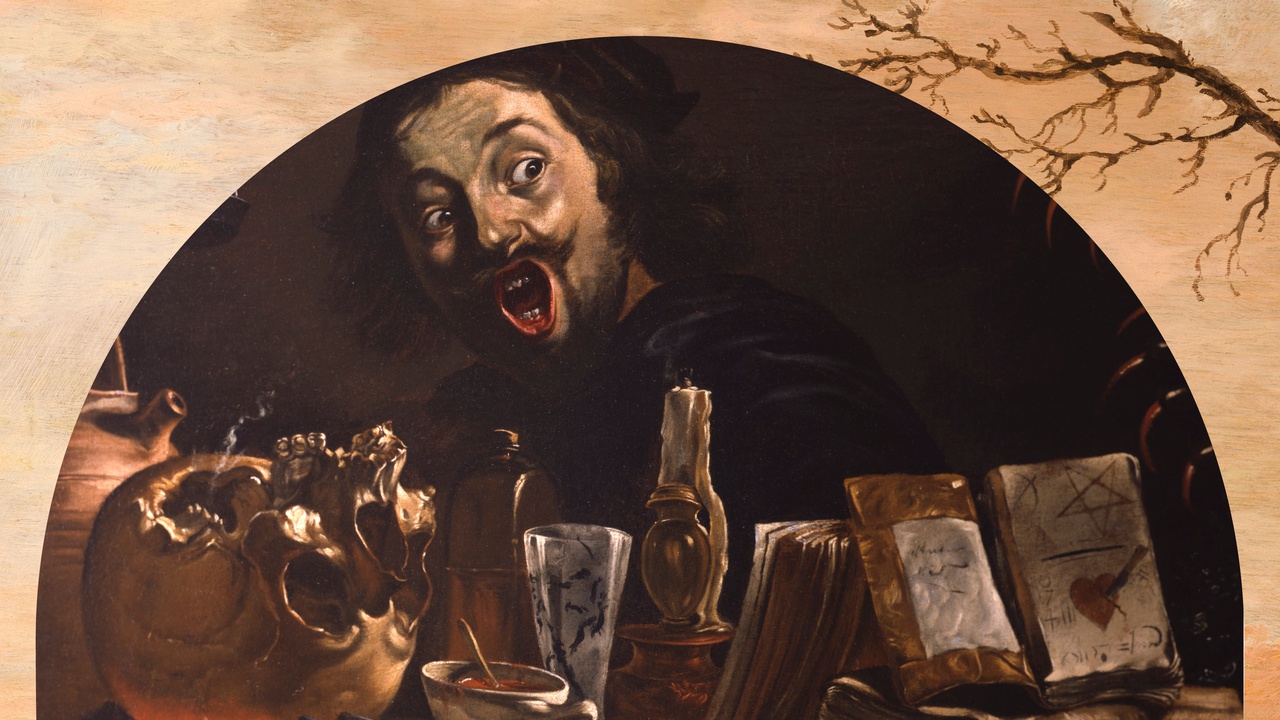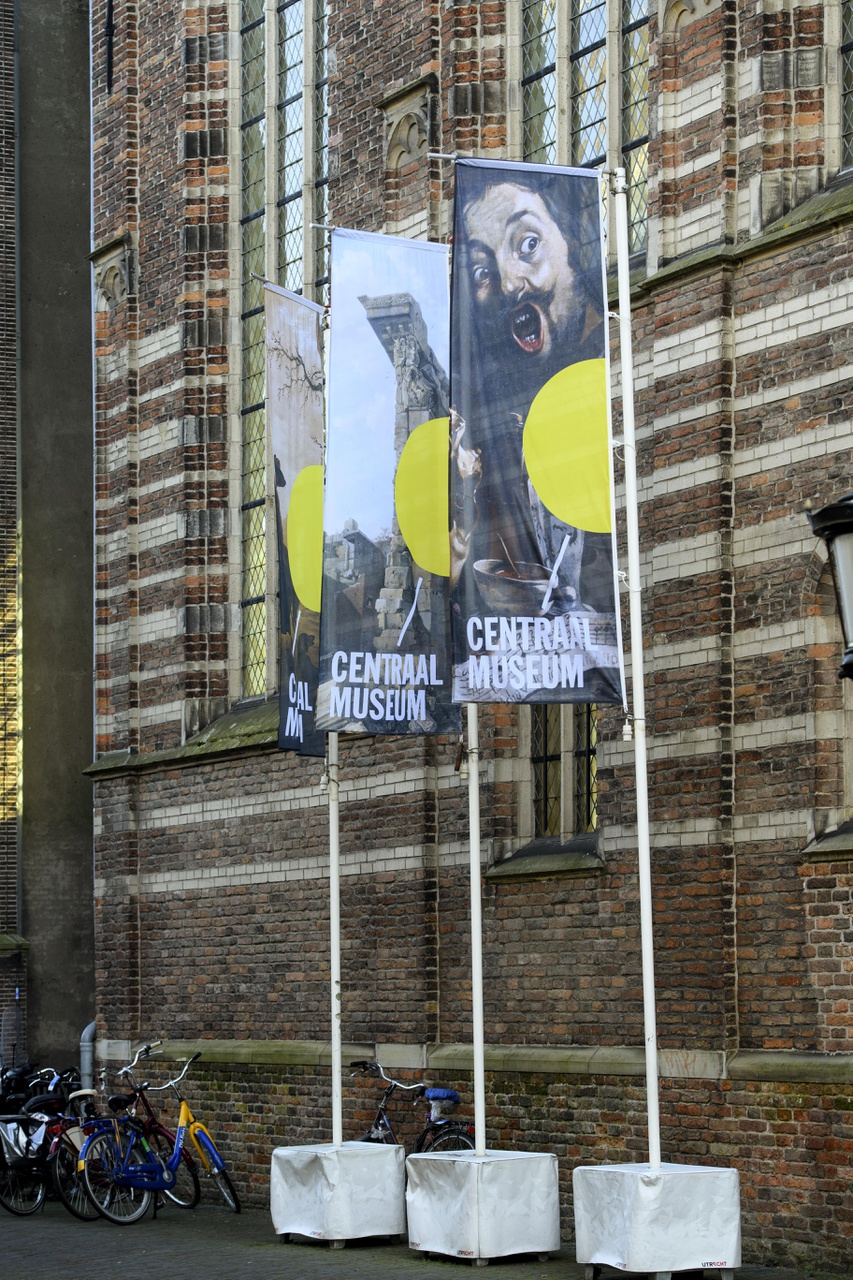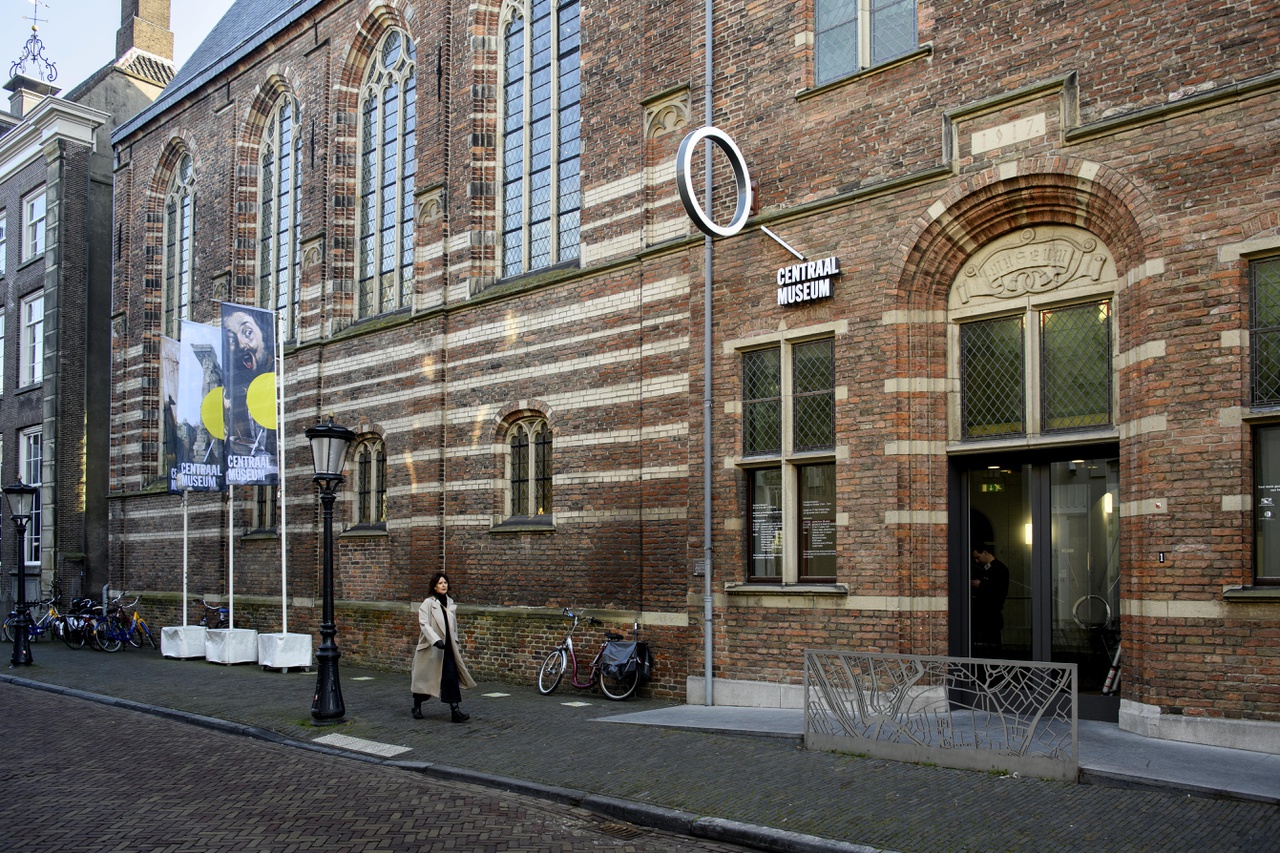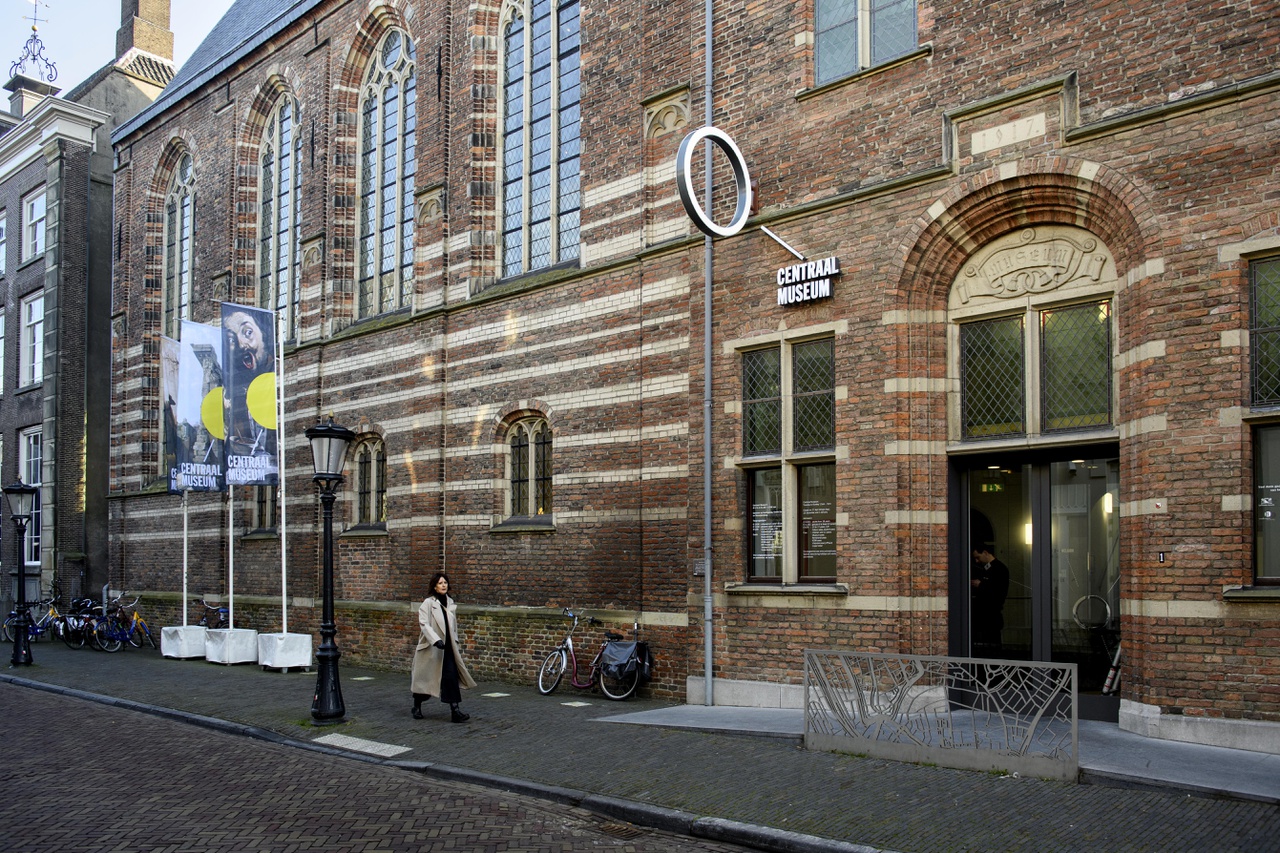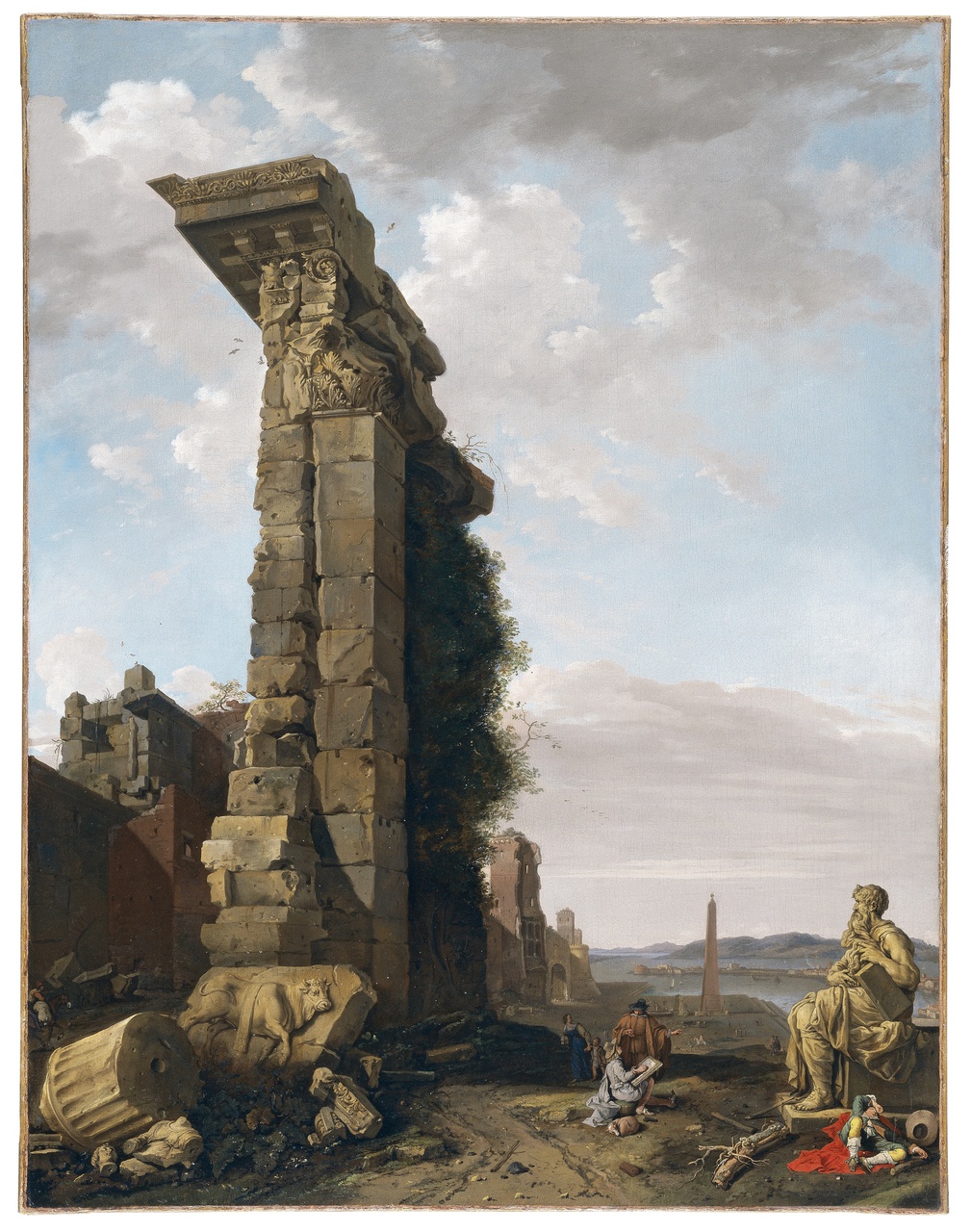- Past Exhibition
The Bentvueghels: birds of a feather
Young artists who travelled to Rome in the seventeenth century banded together to make merry, to provoke society, and to inspire each other. Far from home, their shared origin and a love of Rome and the art of painting created a bond.
This exhibition tells the particular story of a group of artists from the Northern and Southern Netherlands, who united in Rome around 1620 in the artist group 'The Bentvueghels'. The distinctive name of this group derives from how the members saw themselves; namely as a group of colorful birds. With their rites and customs, they parodied the two official 'sacred houses' of Italy: the Roman Catholic Church and the Accademia di San Luca. The compatriots partied and drank, but the binding factor was their painting profession.
Just like the great artists from the collection of the Centraal Museum; Van Baburen, Ter Brugghen and Honthorst, who could be admired in the exhibition Caravaggio, Utrecht and Europe, these painters were also inspired during their stay in Rome. The Centraal Museum is therefore the most logical place to tell this story about wanderlust, group formation, love for Rome and in particular artistry. Because whatever your background, where you come from or how old you are: everyone recognises the feeling of wanting to belong to a group, to explore and be inspired.
Centraal Laat
On April 6 and May 11, Centraal Laat will be held during The Bentvueghels. Click here for the events.
Media guide
Enrich your visit to The Bentvueghels with the free media guide. In the media guide, students reflect on the works of the Bentvueghels from their own experiences as a student. What do they see with their contemporary eyes when they look at the works of their peers from 400 years ago?
The media guide can be used directly on your smartphone by scanning the QR code. Or open the media guide via this link. Bring your own headphones or earphones.
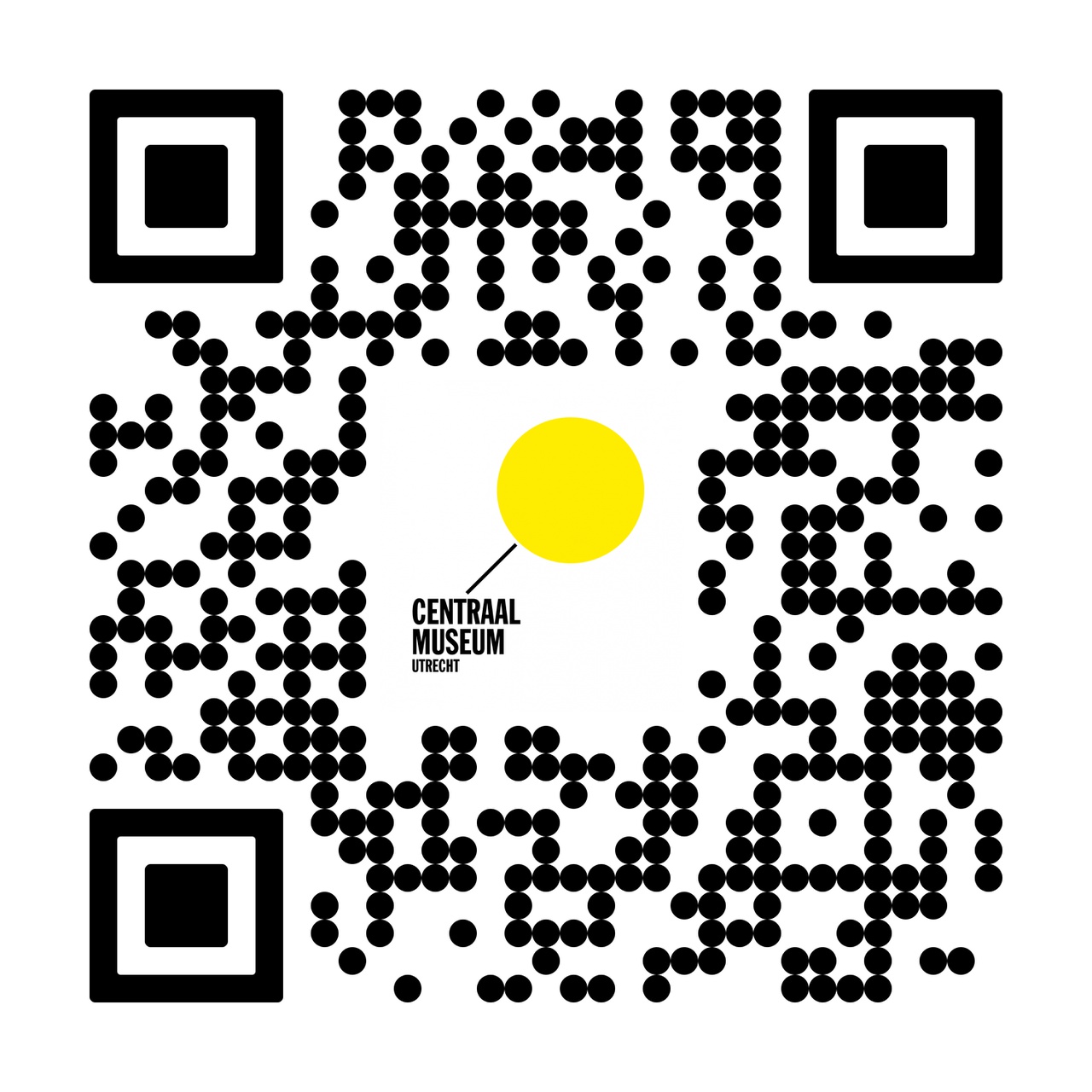
Thanks to

Image: Pieter van Laer, Self-Portrait with Magic Scene, ca. 1635-1637, The Leiden Collection, New York / Pieter van Laer, Landscape with Hunters, 1640, Mauritshuis, Den Haag. Design by HouseTMM, commissoned by Centraal Museum, 2022.
Documentation
- Archiefsprokkeling. Nog eens: Bodding (Van Laer), G.H. Kurz, (Oud Holland, 73, 4, 1958)
- De Bentvueghels : Een berucht kunstgezelschap in Rome 1620-1720, Liesbeth M. Helmus, Het Spectrum (Amsterdam, 2023), 416 p.
- Chi non vuol Baccho: Roland van Laer's burlesque painting about Dutch artists in Rome, Thomas Kren, (Simiolus, 11, 2, 1980), p. 63-80
- The living conditions and social networks of nothern Netherlandish painters in Italy, c. 1600-1700: evaluation of archival sources, Gert Jan van der Sman, (Simiolus, 43, 1/2, 2021), p. 87-118
- Over Pieter van Laer als dier- en landschapsschilder, A. Blankert, (Oud Holland, 83, 2, 1968), p. 117-134
- P. Boddink alias Pieter de Laer, Orlando Bodding alias Roeland of Orlando van Laer, Nicolaes Bodding alias N. Boddingh van Laer of Ds. Nicolaes Boddingius, A. Welcker, (Oud Holland, 59, 1942), p. 80-86
- Pieter Boddink alias Pieter van Laer, A. Welcker, (Oud Holland, 62, 4, 1947)
- Pieter van Laer en zijn vrienden, G.J. Hoogewerff, (Oud Holland, 49, 1, 1932), p. 1-17
Collection in this exhibition
- No objects from the Centraal Museum collection were shown in this exhibition
Persistent url
To refer to this object please use the following persistent URL: https://hdl.handle.net/21.12130/exhibit.75236d16-f0c4-4555-80da-5b2192291d29
Questions?
Do you have a remark or extra information on this exhibition? Please let us know!
